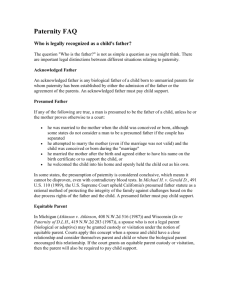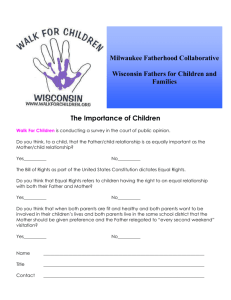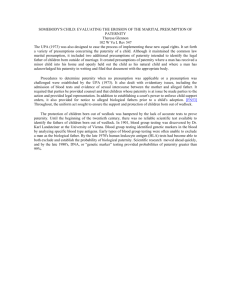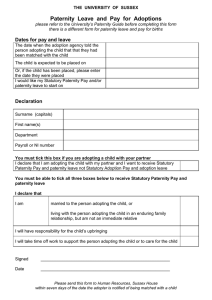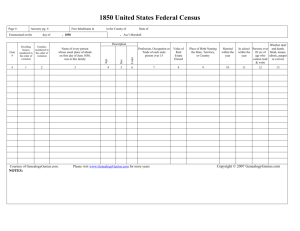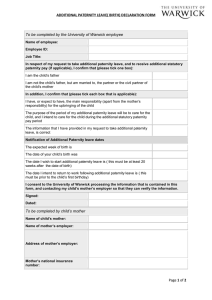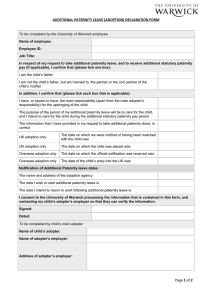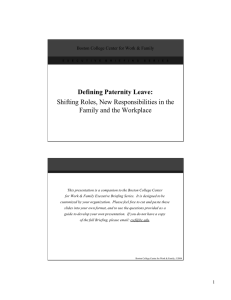Unmarried Parents and Their Children
advertisement
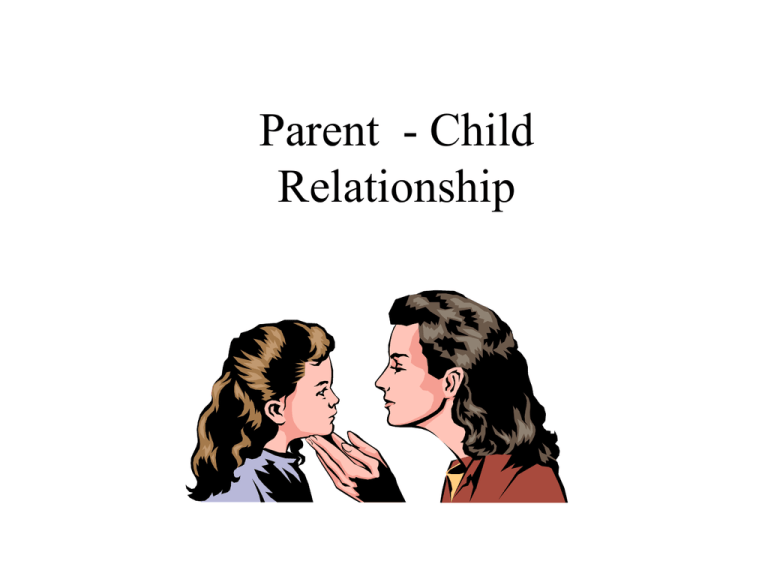
Parent - Child Relationship Consequences: Rights & Responsibilities • Rights Services Constitutionally recognized right to raise children as parents see fit. Meyers, Pierce, Prince, Yoder • Responsibilities Support Protection Forms of State Regulation: • 1. Displace parental authority • 2. Reinforce parental authority • 3. Vindicate child's right to autonomy from parent Establishing the Parent-Child Relationship The importance determining paternity . . . • Obtain child support from father • Establish father’s visitation and custodial rights • Confirm -- peace of mind • Determine grandparentage, inheritance rights, insurance claims, or Social Security benefits. Present statistics -- national • As recently as 1960, only 5% of American children were born outside marriage. • Presently, more than 40% of American children are born to parents who are not married. U.S. Bureau of the Census, Current Population Reports, (2006). History -- filius nullius • Under early common law, a child born out of wedlock was considered filius nullius -the child of no one. If paternity was established at all, the parents suffered the indignities of criminal “bastardy” proceedings, and the child had few legal rights. History, cont’d • Fathers of children born out-of-wedlock were viewed as irresponsible by the common law. • Consequently, they were often not given visitation, custody, or an opportunity to adopt. The Unwed Father and the Constitution • • • • Stanley v. Illinois (1972) Quillion v Walcott (1978) Caban v. Mohammed (1978) Lehr v. Robertson (1983) Michael H. v. Gerald D. • • • • • The presumption The rationale Identifying the Interest The child’s liberty interest? Third party visitation rights Establishing Paternity: legal developments • • • • • Quasi-criminal Administrative processes Change in evidentiary standard Federal Governments role Uniform Parentage Act


